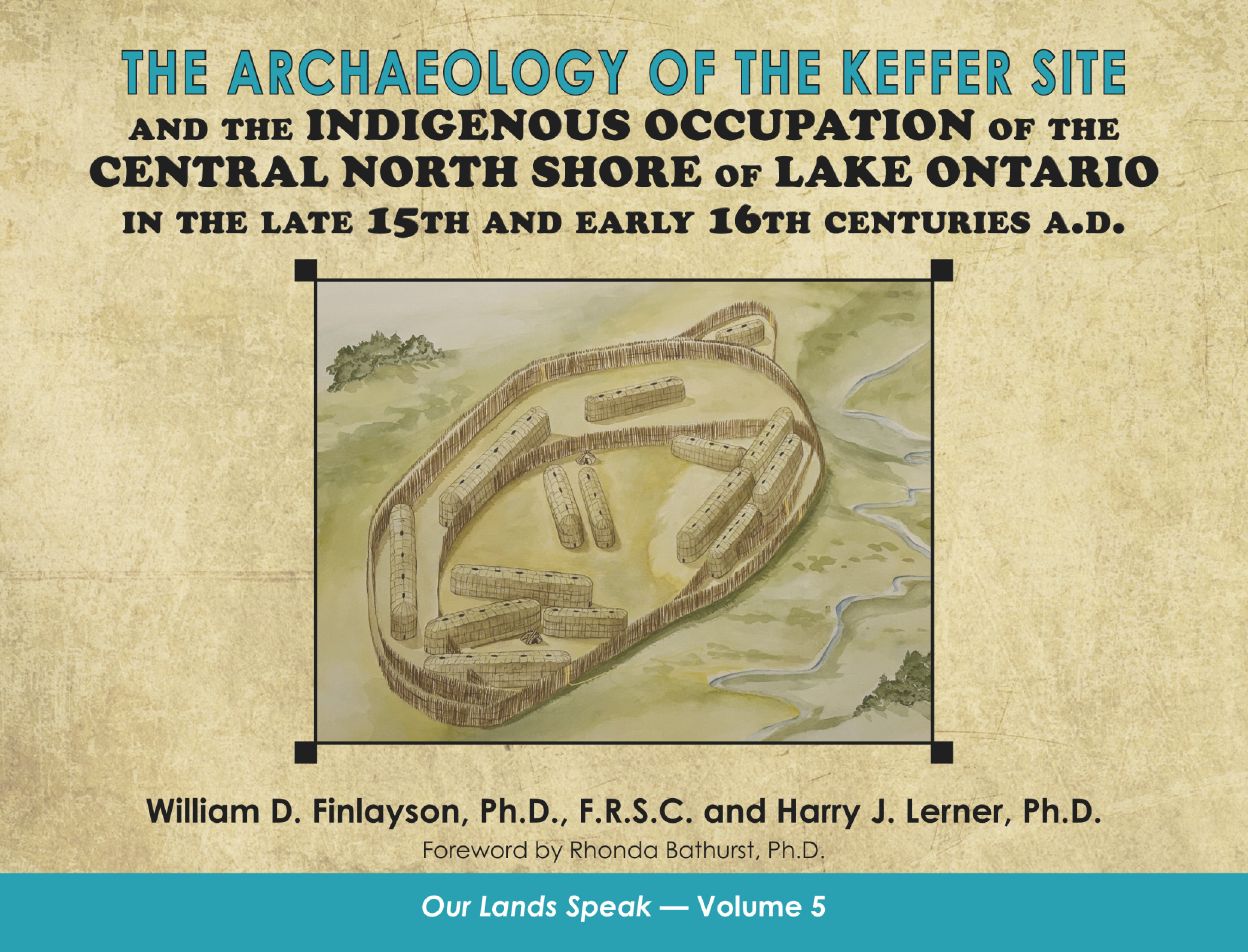100% CANADIAN OWNED & OPERATED!
The Archaeology of the Keffer Site and the Indigenous Occupation of the Central North Shore of Lake Ontario in the 15th and Early 16th Centuries A.D. (e-book)
$19.95CAD
New!
1
Save this product for later
Customer reviews
Reviews only from verified customers
No reviews yet. You can buy this product and be the first to leave a review.
The Archaeology of the Keffer Site and the Indigenous Occupation of the Central North Shore of Lake Ontario in the 15th and Early 16th Centuries A.D. (e-book)
Product Details
Author: William D. Finlayson and Harry J. Lerner
Year Published: 2025
Pages: 51 pgs., i-vii, numerous illustrations
Imprint: Our Lands Speak - Volume 5
Publisher: I C Publishing
ISBN: 978-1-7751083-3-7
Please Note: This is a high resolution PDF with numerous illustrations. Please allow sufficient time to download.
Description
The Archaeology of the Keffer Site and the Indigenous Occupation of the Central North Shore of Lake Ontario in the Late 15th and Early 16th Centuries A.D. is a companion publication to Finlayson and Lerner’s 2024 in-depth academic study of the Keffer archaeological site and the pre-contact occupation of the central north shore of Lake Ontario. The academic publication entitled The Keffer Site, 15th and 16th Century A.D. Ontario Woodland Tradition Frontiers, Communities, and Coalescence on the Don and Upper Rouge River Drainages, Southern Ontario, Canada, provides detailed analyses of archaeological evidence, while the present volume offers a more general overview of Keffer’s initial formation and subsequent occupation. It is meant to not only raise awareness about Keffer and its residents but highlight the contributions of Ontario archaeology towards broadening our shared understanding of Ontario’s pre-contact past and First Nations culture and heritage.
Circa A.D. 1525, about 10 years before French explorer Jacques Cartier visited Hochelaga on Montreal Island, four communities of Iroquoians and Algonquians on the north central shore of Lake Ontario experienced a massive shift in their traditional way of life. On the Don River, this resulted in occupation of the Keffer site, a large village that was surrounded by intricate palisades with houses arranged in such a way to assist in their defence against attackers who managed to infiltrate the interior of the village. The Keffer settlement was the complex result of many ongoing processes that we have only begun to explore and understand. Herein is an introduction to this still unfolding story.
You May Also Like
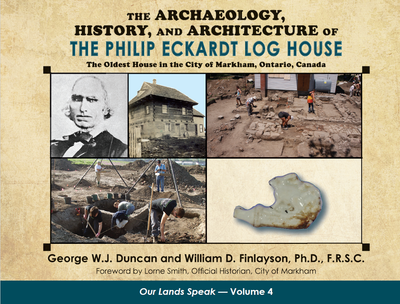
The Archaeology, History, and Architecture of the Philip Eckardt Log House (paperback)
$29.95CAD
The Archaeology, History, and Architecture of the Philip Eckardt Log House (paperback)
The Archaeology, History, and Architecture of the Philip Eckardt Log House: The Oldest House in the City of Markham, Ontario, Canada
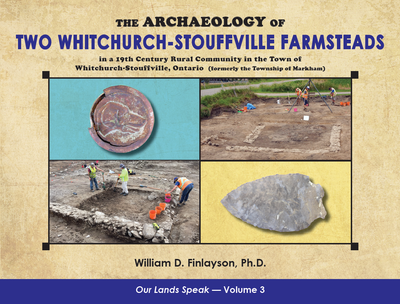
The Archaeology of Two Whitchurch-Stouffville Farmsteads (paperback)
$29.95CAD
The Archaeology of Two Whitchurch-Stouffville Farmsteads (paperback)
The Archaeology of Two Whitchurch-Stouffville Farmsteads in a 19th Century Rural Community in the Town of Whitchurch-Stouffville, Ontario (formerly the Township of Markham)
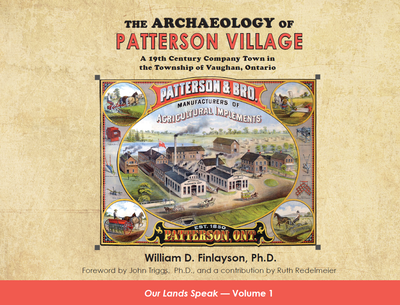
The Archaeology of Patterson Village (paperback)
$49.95CAD
The Archaeology of Patterson Village (paperback)
The Archaeology of Patterson Village, a 19th Century Company Town in the Township of Vaughan, Ontario

The Archaeology of Five Queensville Farmsteads (paperback)
$49.95CAD
The Archaeology of Five Queensville Farmsteads (paperback)
The Archaeology of Five Queensville Farmsteads: a 19th Century Crossroads Community in the Township of East Gwillimbury, Ontario

The Archaeology of Five Queensville Farmsteads (e-book)
$29.95CAD
The Archaeology of Five Queensville Farmsteads (e-book)
The Archaeology of Five Queensville Farmsteads: a 19th Century Crossroads Community in the Township of East Gwillimbury, Ontario

The Archaeology, History, and Architecture of the Philip Eckardt Log House (e-book)
$14.95CAD
The Archaeology, History, and Architecture of the Philip Eckardt Log House (e-book)
The Archaeology, History, and Architecture of the Philip Eckardt Log House: The Oldest House in the City of Markham, Ontario, Canada

The Archaeology of Two Whitchurch-Stouffville Farmsteads (e-book)
$14.95CAD
The Archaeology of Two Whitchurch-Stouffville Farmsteads (e-book)
The Archaeology of Two Whitchurch-Stouffville Farmsteads in a 19th Century Rural Community in the Town of Whitchurch-Stouffville, Ontario (formerly the Township of Markham)

The Archaeology of Patterson Village (e-book)
$29.95CAD
The Archaeology of Patterson Village (e-book)
The Archaeology of Patterson Village, a 19th Century Company Town in the Township of Vaughan, Ontario
New!
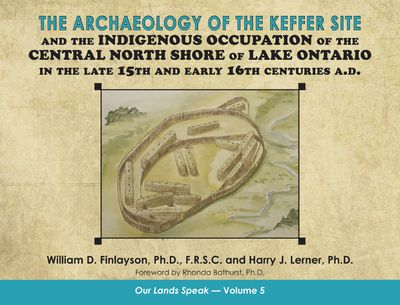
The Archaeology of the Keffer Site and the Indigenous Occupation of the Central North Shore of Lake Ontario in the 15th and Early 16th Centuries A.D. (paperback)
$29.95CAD
The Archaeology of the Keffer Site and the Indigenous Occupation of the Central North Shore of Lake Ontario in the 15th and Early 16th Centuries A.D. (paperback)
Display prices in:CAD
